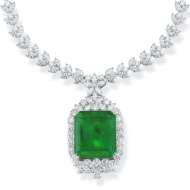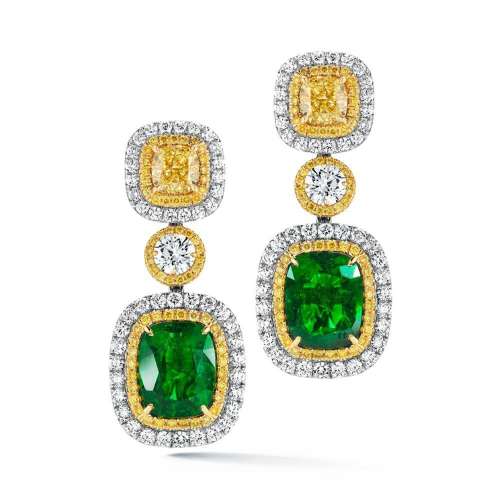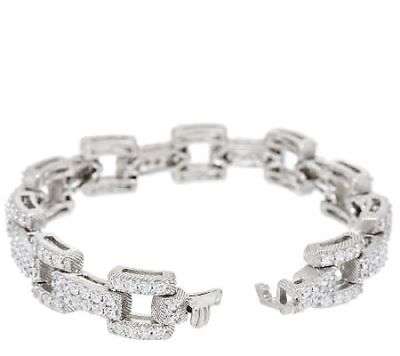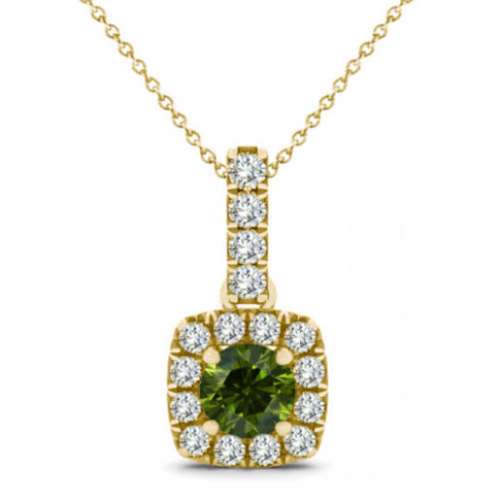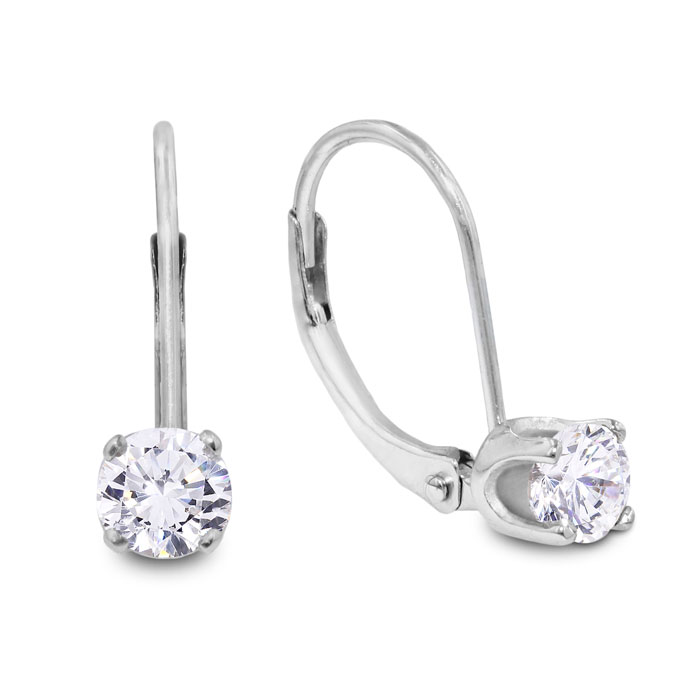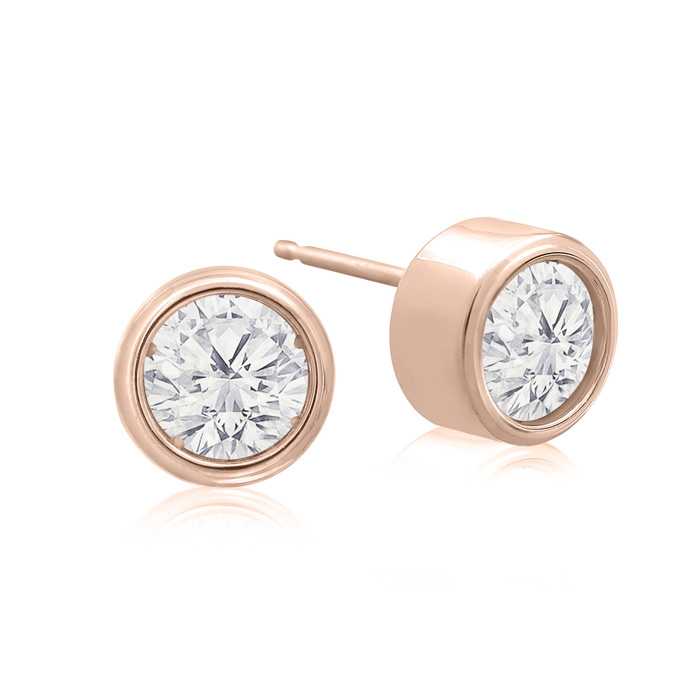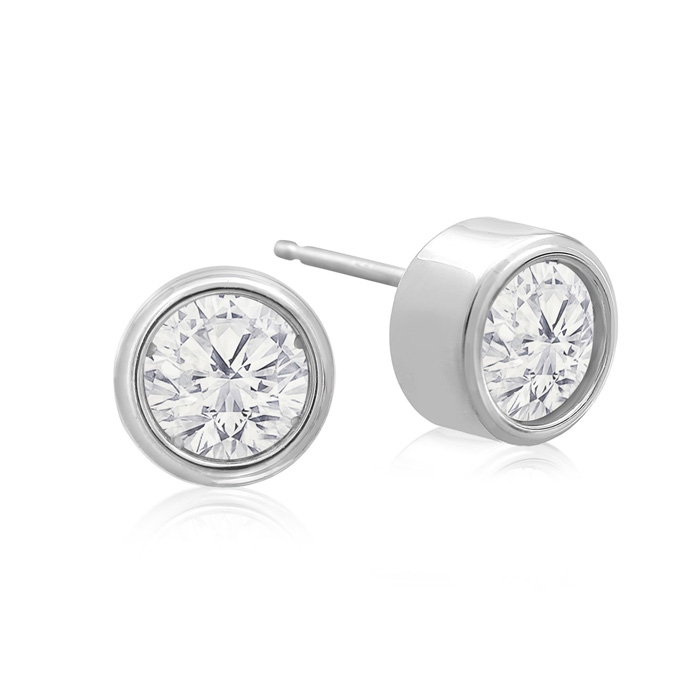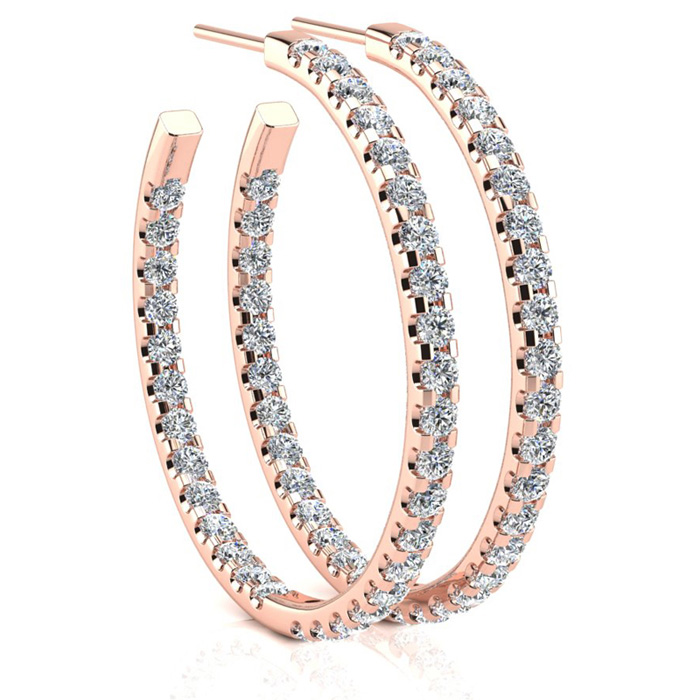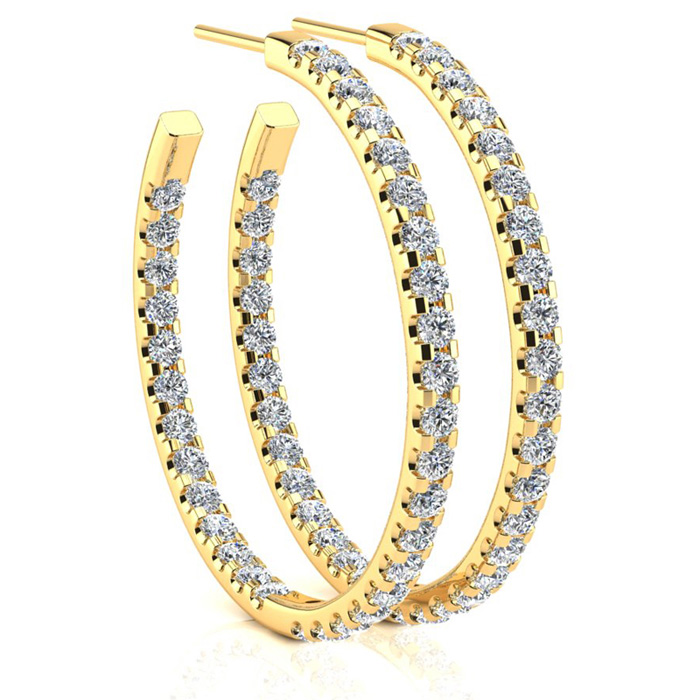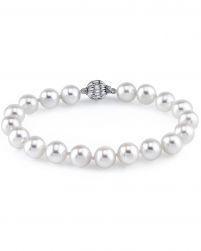
Your mom is turning 50 and you want to gift her something on her special day. What more could be beautiful than gifting her a piece of Exquisite Pearl Jewelry?
A pearl jewelry is a fine piece of jewelry assortment highly revered and considered classy to suit and accommodate any type of dress outfit and occasion.
The Jewelry Market for Pearls is filled with various types and shapes of pearls in the form of the highly rare well-rounded pearls, pear, oval and the baroque pearls in varying degrees of shapes and sizes.
And so the decision to purchase pearl jewelry has been made and the budget has been set, but the key element required to differentiate from the real and natural pearls from other types of duplicate pearls and so as to not to waste money, the grading aspect of pearl jewelry has to be considered and seriously taken into.
The Grading Aspect of Pearl is highly subjective depending upon the reputation and authentication of the pearl jewelry seller and is demarcated into the American System of Grading and the Tahitian system of grading.
The grading aspect of pearls primarily focuses on the luster and surface quality in terms of the thickness of the nacre which determines its durability. The nacre is said to be thin, if the nucleus of the pearl is visible giving a dull and chalky appearance t the pearl’s outer surface. The thicker the nacre, the stronger and long lasting the pearl would be. In case of Tahitian Pearls, the minimum thickness standard kept by the Government of French Polynesia is 0.8 mm and any pearl having a nacre less than this standard thickness is not allowed to be sold legally.
The Akoya and Freshwater Pearls are graded on a four-point scale with the AAA constituting 1-3% of Annual Yield, being the top most one of offering 95% or more blemish free surface with very sharp mirror-like luster with no blurring on edges and perfectly round to very near round shape. The next in line would be the AA+ constituting of 3-10% of annual yield, with 90% blemish-free surface, medium to sharp luster, slight blurring on edges, perfectly round and off-round shape, etc. The next two for the Grading of Akoya or Fresh Water Pearls is AA constituting of 205 annual yields, with 80% blemish-free surface, with medium to low luster, soft and blurred on edges, perfectly round to potato and off-round shape. And the last grade being the A constituting 50% of the annual yield, of 705 blemishes-free surfaces, very low luster to give a dull and chalky appearance, highly blurred with round to near round and potato shape.
The Tahitian and South Pearl Grading also consists of four grades to start with A, constituting top 3-5% of the annual yield, with 90% blemish-free surface, no deep inclusions, very sharp luster to reflect high lighting, with little to no blurring of edges. The next in line for grading would be B constituting top 30% of annual yield having 70-80% blemish free surface with one deep inclusion, high to medium luster, meagre blurring of edges. The next is the grade of C constituting 35% of annual yield, with 60% blemish-free surface, one to two deep inclusions, low luster with soft and blurred slight definition. The last grade in the Tahitian or South Sea System of Grading is the D Grade of commercial sense, constituting 35% of annual yield with 40% blemish free, little to no luster to give a dull and chalky appearance, soft and heavily blurred with very little definition.


